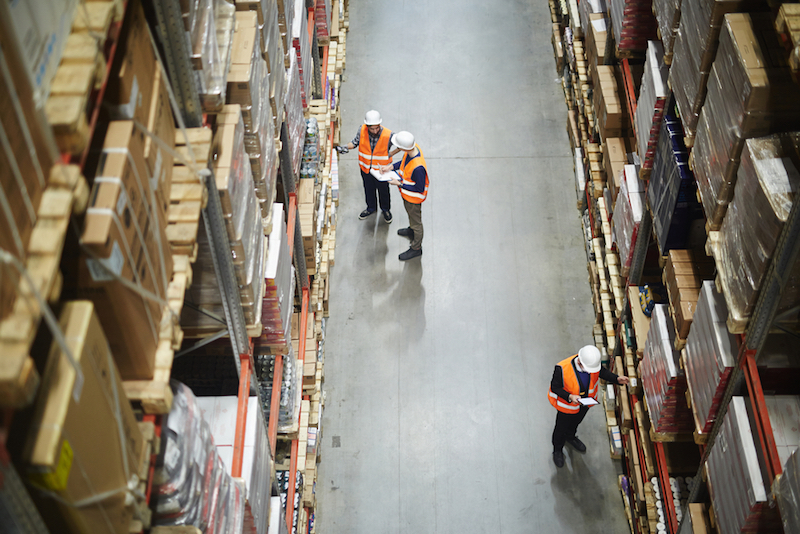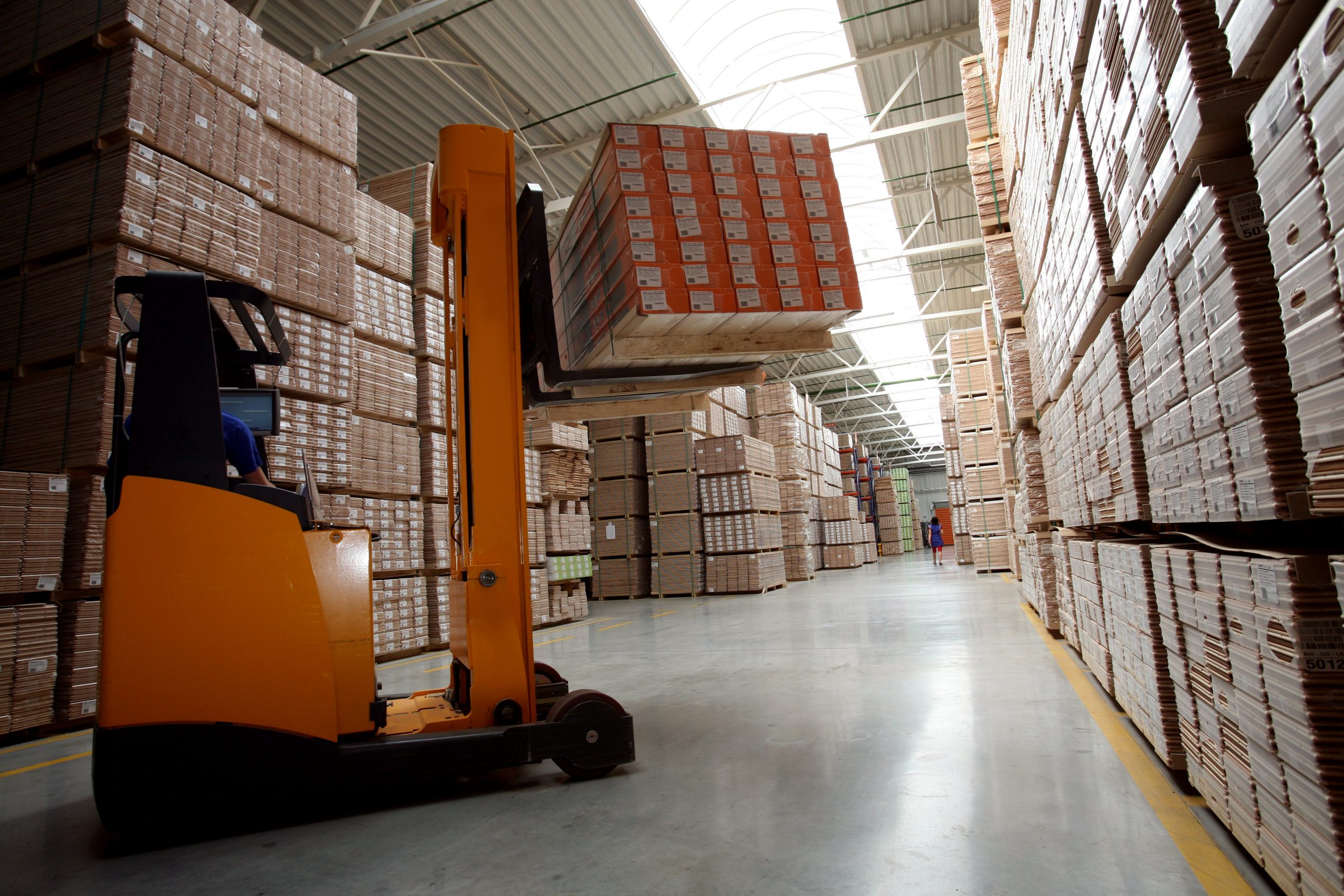Can Rack Inspection Training Help You With Best Practice?
Rack inspection training should act as a template on which businesses base their actions.
When you want to teach your employees how to perform staff-led racking inspections, the best way to do this is to make them attend rack inspection training. Doing so will give them the confidence and the expertise to perform rack inspections themselves. The reason for this is that — arguably — rack inspection training is an example of best practice. Still, what does that mean?
What Is Rack Inspection Best Practice?
The Amazon warehouse has 45,000 robots in it and the company is looking to introduce even more in the coming years. To Amazon, there is a right way and a wrong way to operate within a warehouse. It believes that — should a robot be able to learn the right way of doing things and execute its tasks accordingly — this robot can work for Amazon.
Behind all this is the idea of “best practice”. Like a “zero accident” workplace, best practice is best understood as a way of thinking, rather than a goal which can be achieved. A workplace where one way of doing things is the right way of doing them on every occasion; that’s best practice.
In reality, of course, it doesn’t always work like that. This is why HSE’s HSG76 places emphasis on the fact that their guide to warehouse safety doles out “good practice” advice, but that other courses of action might be taken in other instances.
While it’s good to have some leeway, the benefit of rack inspection training is that it can give you some guidance as to what best practice is. Of course, as with HSE’s guidance, it’s also perfectly fine to view it as “good practice” instead.
Why Should Businesses Follow the Guidance Given in Rack Inspection Training?
In recent years, we have been plagued by a lack of belief in experts and what experts have to say about issues. With so much information out there, people want to believe that they can figure out difficult issues for themselves.
Safety is one of many sectors where this is a problem. When health and safety myths make their way into the public consciousness because of a newspaper headline or some internet rumour, it can be hard to stamp these false ideas out. It’s because of issues like this that health and safety experts are so important.
The people who deliver rack inspection training at Storage Equipment Experts are — well — experts. This is the label which HSE’s HSG76 gives to SEMA approved racking inspectors (SARIs) and our rack inspection training course is delivered by a SEMA approved racking inspector (SARI).
To become a SARI, a person needs to pass a pre-course qualifier, attend a three-day intensive SEMA approved racking inspector course, pass the end of course assessment, and continue to top up their knowledge by attending seminars and additional courses. The failure rate for the SARI course is high, which is why there are only 107 SARIs in the world.
It is because of SEMA’s high standards and the high failure rate of the SARI course that the people who are SARIs are labelled as experts. As such, the guidance they give in rack inspection training courses should be trusted.
Rack inspection training may not be best practice advice, but it’s certainly good practice advice which goes hand in hand with the advice from HSE’s HSG76 as well the Provision and Use of Work Equipment Regulations 1998 and the CDM Regulations 2015.
To receive rack inspection training from an expert, contact Storage Equipment Experts for a FREE, no-obligation consultation on our range of racking inspection services.






